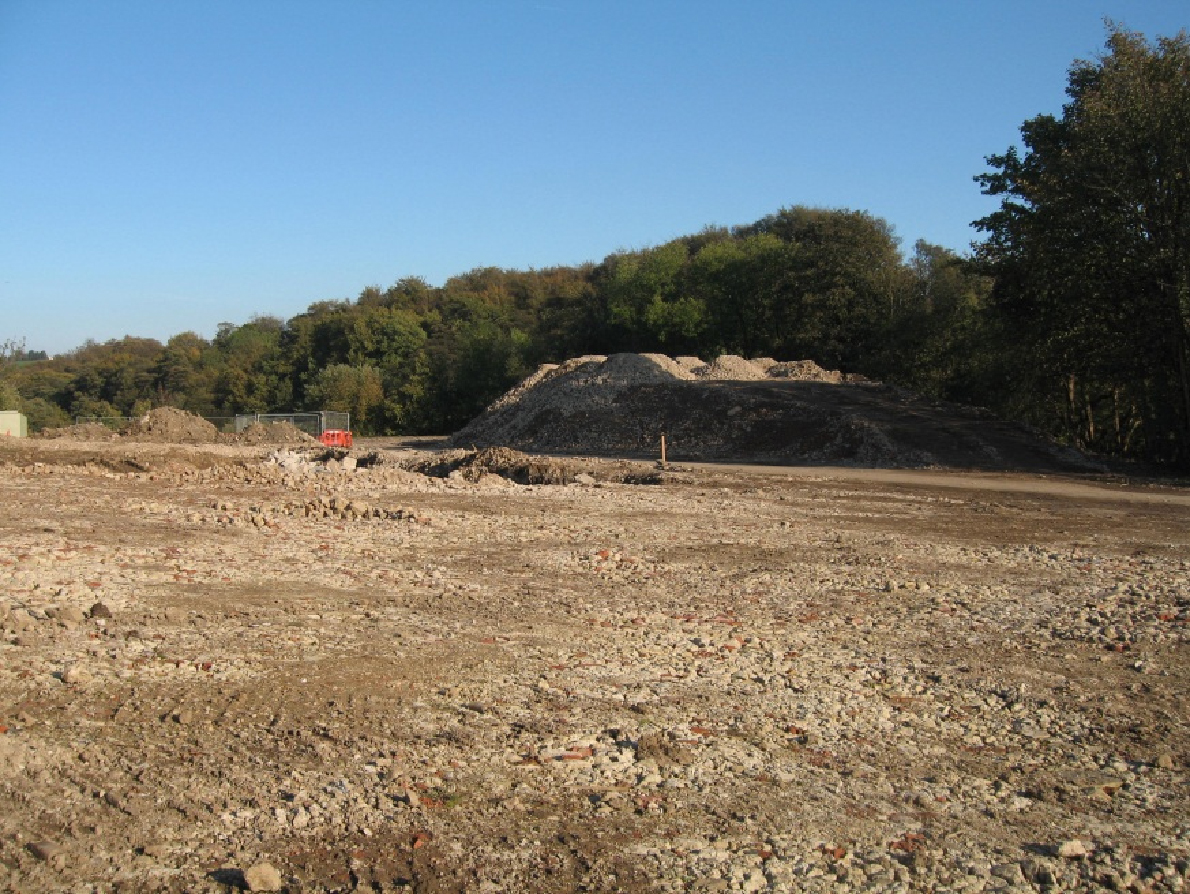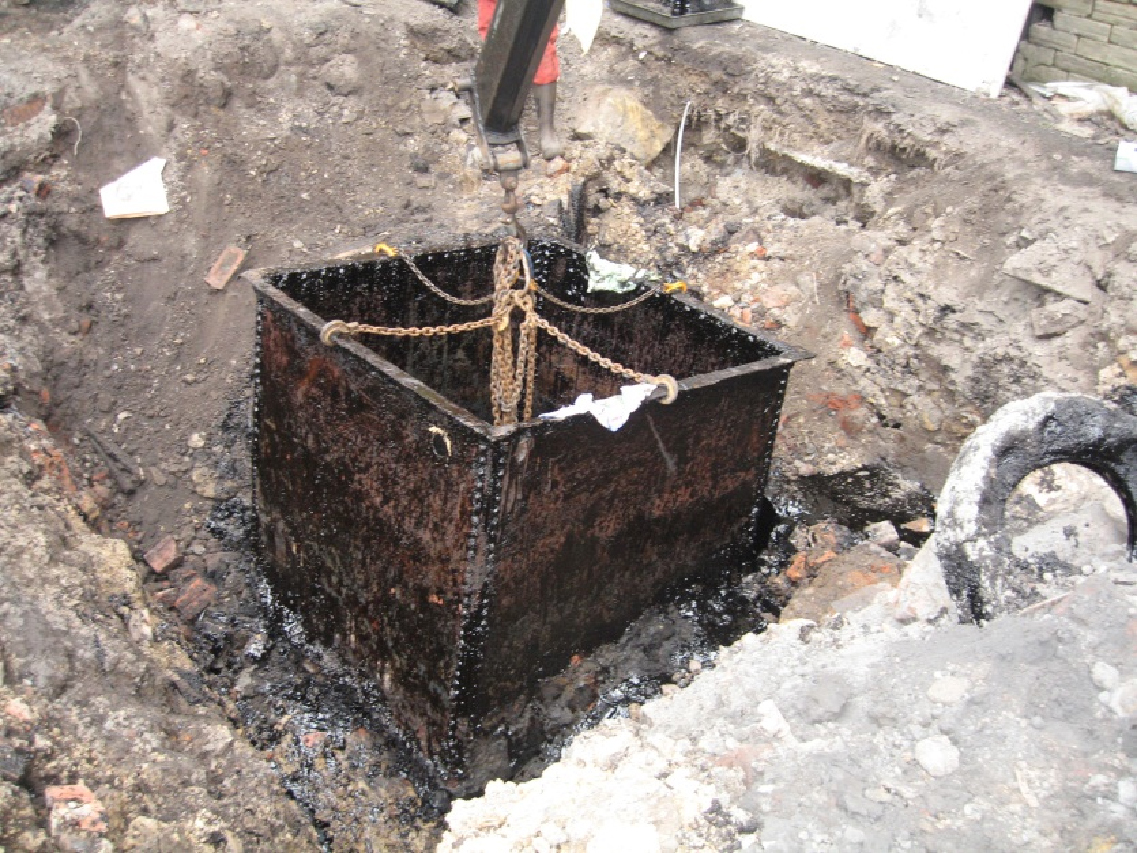Use is made of:
- CLEA and SNIFFER to model effects on human health from contaminated soil.
- RISC to model the effect on human health from contaminated soil and groundwater and vapours.
- EA R&D P60 to determine risk of contamination detrimentally affecting controlled waters.
Remediation and Validation
Contaminated land can be profitably exploited for development by undertaking appropriate site reclamation in which risks are identified and solutions provided for remediation of contaminated land, clean up of water pollution, restoration of mines, quarries, mineral workings and reclamation of industrial land. Ashton Bennett design site remediation, supervise and validate the work and present a suitable Validation Report to planning to release planning conditions.
Environmental Impact Assessment (EIA)
Legislation dictates that any major development may only be considered for planning permission after a professional environmental impact assessment has been undertaken. This looks at the effects of the construction and subsequent use of developed land on humans and the environment, which extends beyond the boundaries of the site. Ashton Bennett work closely with planning officers in order to achieve a comprehensive yet sufficient EIA report.
Environmental Management
Profit results from environmental harmony. Ever increasing UK and European legislation dictates that business must take environmental issues into consideration at all stages, from design and planning of a major development, through to day-to-day business practices. Failure to comply with legislation can result in heavy penalties. Our range of environmental management services is designed to assist businesses in complying with all current legislation.



 Following environmental ground investigation Ashton Bennett designed a Remediation Strategy for a former dye mill site in West Yorkshire and supervised and validated the remediation leaving the site fully prepared for development of residential houses to proceed.
Following environmental ground investigation Ashton Bennett designed a Remediation Strategy for a former dye mill site in West Yorkshire and supervised and validated the remediation leaving the site fully prepared for development of residential houses to proceed.
 During ground investigation for redevelopment of a mill site in Batley a tar pit was detected and Ashton Bennett designed the remediation, supervised the work and validated the site as being fit for purpose following remediation.
During ground investigation for redevelopment of a mill site in Batley a tar pit was detected and Ashton Bennett designed the remediation, supervised the work and validated the site as being fit for purpose following remediation.
 Ashton Bennett have investigated contamination from former underground mine workings causing pollution to local streams and designed water treatment plants to remove the contaminants prior to the water entering surface water courses.
Ashton Bennett have investigated contamination from former underground mine workings causing pollution to local streams and designed water treatment plants to remove the contaminants prior to the water entering surface water courses.





